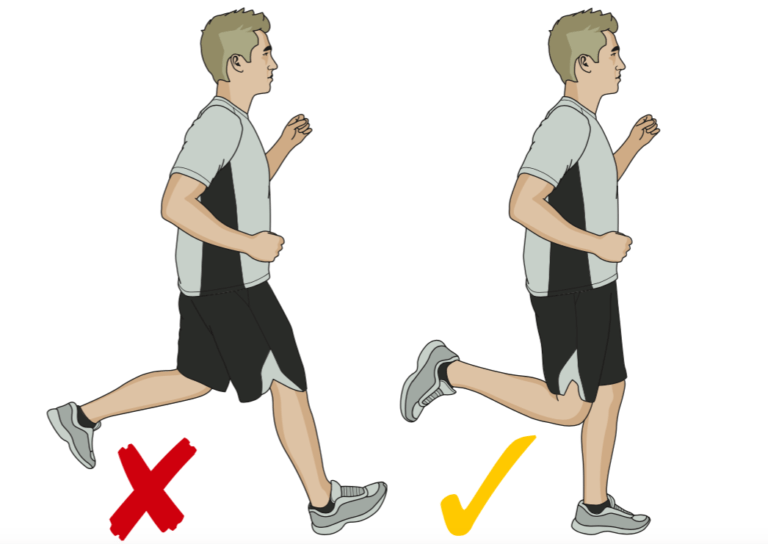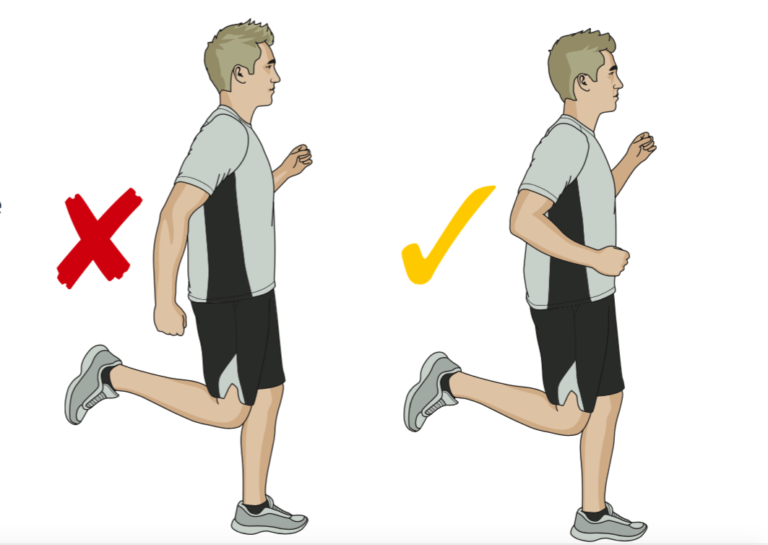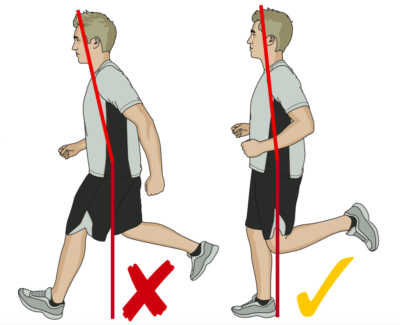1. Posture
Maintaining the right posture is crucial for effective running. Stand tall with your head aligned over your spine, ensuring your ears are over your shoulders. Your shoulders should be relaxed and slightly back, avoiding any hunching. A slight forward lean from the ankles (not the waist) can help propel you forward without straining your back. Your hips should be level, allowing for a smooth, natural gait. Good posture not only helps with efficiency but also reduces the risk of injury.
2. Foot Strike
Foot strike plays a significant role in how your body absorbs impact. Aim for a midfoot strike, where your foot lands directly under your center of gravity. This technique helps distribute the forces more evenly and reduces stress on your joints. Avoid landing heavily on your heels, which can lead to increased impact and potential injuries. If you’re unsure of your foot strike, consider having a professional gait analysis done, which can provide insights and tips tailored to your running style.

3. Cadence
Cadence refers to the number of steps you take per minute. A higher cadence, typically around 170-180 steps per minute, can improve your running efficiency and reduce the risk of injuries like shin splints and a runner’s knee. To increase your cadence, try counting your steps over a minute or using a metronome. Incorporating shorter, quicker steps can help you maintain a consistent pace and enhance your overall speed.
4. Arm Movement
Your arms play a significant role in your running mechanics. Keep your elbows at a 90-degree angle, allowing your arms to swing naturally. Focus on moving them forward and backward, rather than across your body. This not only helps maintain balance but also contributes to your propulsion. Avoid clenching your fists; instead, keep your hands relaxed, as tension in your upper body can lead to fatigue and inefficiencies over longer distances.

5. Breathing
Proper breathing is essential for endurance and performance. Strive for a rhythmic breathing pattern, such as a 3:2 ratio—inhale for three strides and exhale for two. This technique ensures a consistent supply of oxygen to your muscles. Breathing deeply from your diaphragm rather than shallowly from your chest can also enhance your oxygen intake. Practice breathing exercises during your training runs to find a comfortable and sustainable rhythm.
6. Relaxation
Staying relaxed while running is key to improving your performance and enjoyment. Tension in your body can lead to fatigue and inefficient movement. Focus on keeping your shoulders down and relaxed, and avoid clenching your jaw or fists. A relaxed body allows for more fluid movements and helps conserve energy over longer distances. Incorporate relaxation techniques, such as mindfulness or visualization, to help you stay calm and focused during your runs.
Conclusion
By incorporating these six golden rules into your running practice, you can enhance your technique, boost your performance, and reduce the risk of injuries. Remember that consistency is key; practice these principles regularly to develop a running style that works best for you. Whether you’re a beginner or a seasoned runner, refining your form can lead to a more enjoyable and effective running experience
Disclaimer:
This post contains affiliate links which means I may receive a small commission if you purchase using that link at no extra cost to you. and if you do, I appreciate you!





